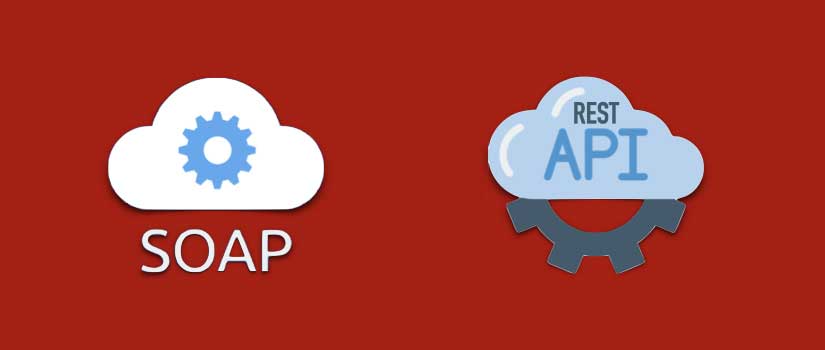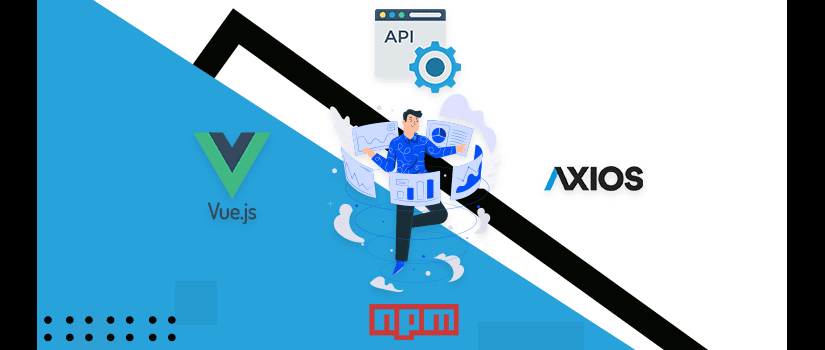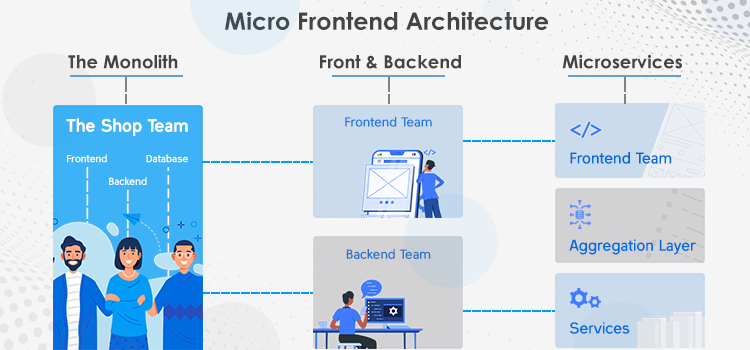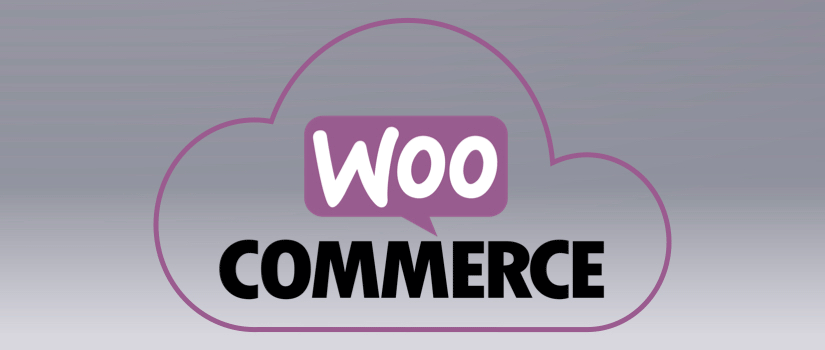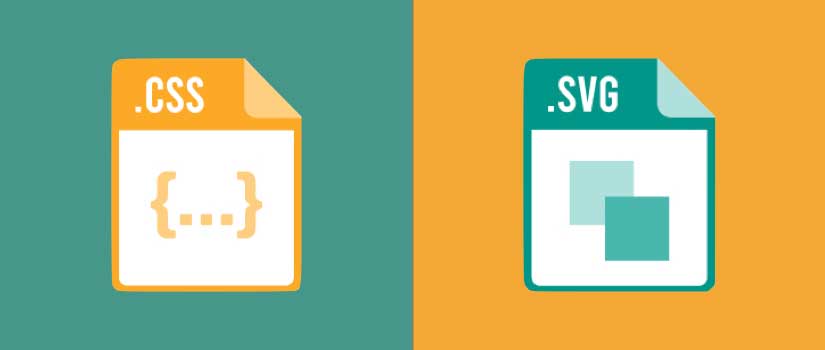When discussing API (application programming interface) designs, it's entirely expected to need to look at SOAP versus REST, two of the most widely recognized API standards. In spite of the fact that SOAP is a protocol and the REST is an architectural style, SOAP and REST cannot be linked directly. This is possibly one of the causes of uncertainty around it, because people tend to call REST an HTTP API.
First Of All We Need To Learn WHAT Is API?
API is the acronym for Application Programming Interface, an intermediary program that allows two programs to speak to each other. You're using an API any time you're using an app like Twitter, sending an instant message, or checking the weather on your phone.
What Is REST API?
A REST API defines a set of functions for developers to perform requests and receive responses through HTTP protocols like GET and POST.
Since REST API uses HTTP, they can be used in almost any programming language and can be easily checked. It is a prerequisite of a REST API that the client and server be independent of each other, allowing coding in any language and enhancing durability and evolution support.
The World Wide Web (WWW) is an example of a distributed system that uses the architecture of the REST protocol to provide a website-driven hypermedia interface. I'm referring to hypermedia instead of hypertext as an extension concept to avoid confusion as to whether the REST API supports other formats not just HTML.
What is SOAP?
SOAP is a protocol based on XML that provides access to web services through HTTP. It has a certain specification that can be used in all applications.
SOAP is called the Simple Object Access Protocol, but was simplified to SOAP v1.2 in later times. SOAP is a protocol or, in other words, it specifies how web services are talking to each other or talking to user applications that invoke them.
SOAP has been developed as an intermediate language so that applications based on different programming languages can easily talk to each other and avoid the extreme effort of development.
SOAP VS Rest Comparison
• Subject Protocol
- The SOAP itself is a protocol for the development of SOAP-based APIs (over HTTP).
- REST is almost synonymous with HTTP, which is not mandated by the REST specification.
• Data Format
- SOAP relies solely on XML to provide messaging services that can in some cases become extremely complex, e.g. JavaScript access to web service.
- The data can be used by REST in Comma Separated Value (CSV), JavaScript Object Notation (JSON) and Really Simple Syndication (RSS). The point is that in a form that is easy to parse within the language you need for your application, you can get the output you need.
• Statefulness
- A SOAP Web services are typically stateless but by modifying the code on the server, you can easily make the SOAP API stateful.
- Restful Web services are totally stateless. Managing the interaction environment is the client's entire duty. This is not helped by the server.
• Caching
- SOAP is sent through HTTP POST requests when using HTTP as the transfer mechanism. It cannot be cached at the HTTP level because HTTP POST is non-idempotent.
- REST provides a good caching infrastructure over HTTP GET methods, allowing caching or non-caching of response data. The ETag header is a good way to implement caching so you have a cheap way to calculate what the value is supposed to be.
• HTTP Verbs Used
- SOAP also establishes an HTTP protocol binding. All SOAP requests are sent via HTTP POST when binding to HTTP.
- For various CRUD operations, REST is primarily used over HTTP and uses HTTP GET, POST, PUT, DELETE, and PATCH methods.
• Security
- Via WS-SECURITY, which is very feature-rich and easy to implement into software code, SOAP security is well standardized.
- REST is based on HTTP – a very insecure protocol on its own. It supports simple TLS authentication and encryption of communications. Any additional security on the database should be enforced.

Benefits Of REST Over SOAP
• REST allows more data formats, while SOAP allows XML only.
• Coupled with JSON (which typically works better with data and offers faster
• REST is generally considered to be easier to work with in combination with JSON (which typically works best with data and provides faster parsing).
• REST offers better support for browser clients thanks to JSON.
• REST delivers superior performance, especially by caching non-altered and non-dynamic information.
• It is the most commonly used protocol for major services like Yahoo, Ebay, Amazon, and even Google.
• Generally REST is quicker and requires less bandwidth. Integrating with existing websites without refactoring page architecture is also simpler. This allows developers to work quicker than wasting hours building a website from scratch. Rather, they may simply add additional features.
Benefits Of SOAP Over REST
• The generic HTTP protocol of SOAP makes it easier for firewalls and proxies to function without changes to the SOAP protocol itself. But it appears to be slower compared to middleware like ICE and COBRA because it uses the structured XML format.
• However, while it is rarely needed, some use cases require greater transactional consistency than what can be achieved with HTTP (which in this capacity limits REST). SOAP is the way to go when you need ACID-compliant transactions.
• In some cases, it may be less complex to design SOAP services compared to REST. For web services that support complex operations involving the management of content and context, designing a SOAP platform needs fewer transaction, protection, trust, and other elements coding in the application layer.
• Many protocols and technologies make SOAP extremely extensible. SOAP supports WS-Addressing, WS-Coordination, WS-Reliable Messaging and a number of other web service standards in addition to WS-Security.
Conclusion
Overall, REST is easier to develop because it leverages the existing web and limits the degree of freedom (less choices to make, so easier). SOAP offers several alternatives and is also slightly more difficult to develop but offers more alternatives and areas to work with.
For further questions or assistance in navigating the world of APIs, feel free to reach out to our expert team. Contact us here to explore the best API solutions for your projects.

